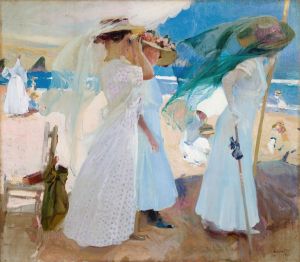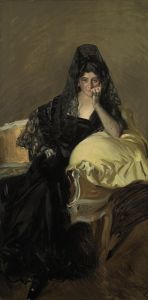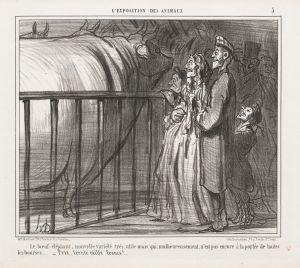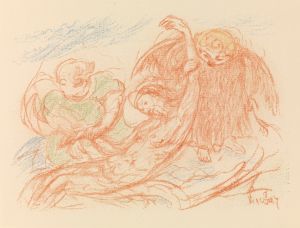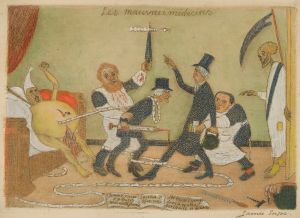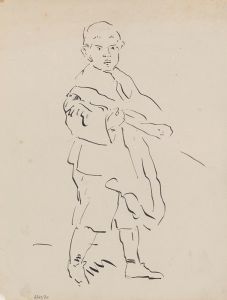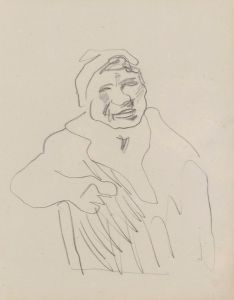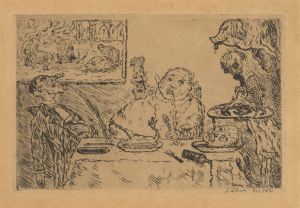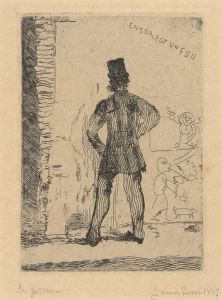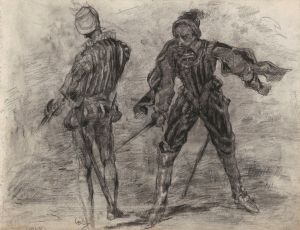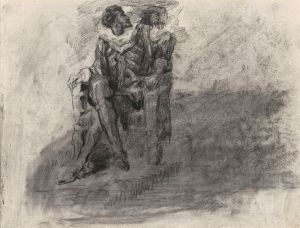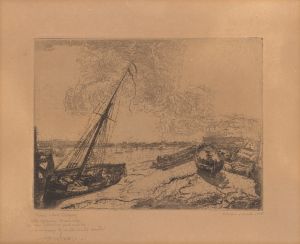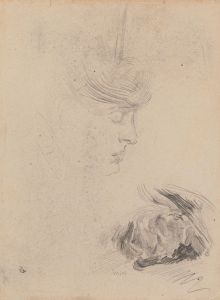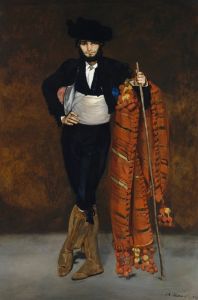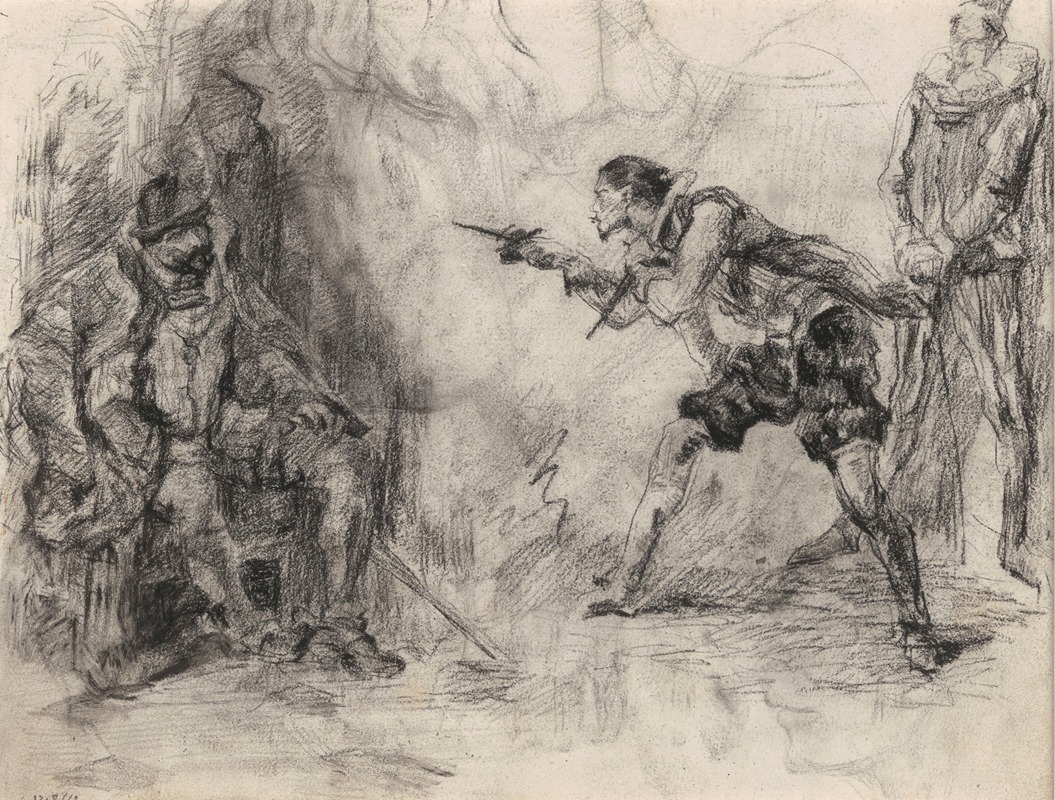
Don Quixote
A hand-painted replica of James Ensor’s masterpiece Don Quixote, meticulously crafted by professional artists to capture the true essence of the original. Each piece is created with museum-quality canvas and rare mineral pigments, carefully painted by experienced artists with delicate brushstrokes and rich, layered colors to perfectly recreate the texture of the original artwork. Unlike machine-printed reproductions, this hand-painted version brings the painting to life, infused with the artist’s emotions and skill in every stroke. Whether for personal collection or home decoration, it instantly elevates the artistic atmosphere of any space.
James Ensor, a Belgian painter and printmaker associated with the Symbolist movement, created a painting titled Don Quixote. Ensor, known for his eccentric and imaginative works, often drew inspiration from literature, mythology, and his own vivid imagination. His interpretation of Don Quixote reflects his unique artistic style, characterized by bold colors, expressive brushwork, and a penchant for the grotesque and fantastical.
The painting Don Quixote is believed to depict the titular character from Miguel de Cervantes' classic novel Don Quixote, first published in the early 17th century. Cervantes' work follows the adventures of a delusional Spanish nobleman who, inspired by tales of chivalry, sets out as a self-proclaimed knight-errant. Ensor's portrayal of Don Quixote aligns with his interest in themes of absurdity, satire, and the human condition, which are central to both Cervantes' novel and Ensor's broader body of work.
In Ensor's artistic interpretation, Don Quixote is often shown as a solitary, tragicomic figure, embodying both idealism and folly. Ensor's use of vibrant colors and dramatic contrasts may serve to emphasize the character's larger-than-life persona and the surreal nature of his adventures. The painting likely reflects Ensor's fascination with the tension between reality and illusion, a recurring theme in his art.
While Ensor's Don Quixote is not as widely discussed or studied as some of his other works, such as The Entry of Christ into Brussels in 1889, it remains an example of his engagement with literary subjects and his ability to reinterpret them through his distinctive artistic lens. Ensor's works often challenge traditional artistic conventions, and his version of Don Quixote is no exception, offering a fresh perspective on a well-known literary figure.
Details about the specific date of creation, medium, and current location of Ensor's Don Quixote are not readily available in public records. However, the painting is consistent with Ensor's broader oeuvre, which frequently explores themes of satire, existential struggle, and the absurdity of human endeavors.
Ensor's Don Quixote serves as a testament to the enduring influence of Cervantes' novel and its capacity to inspire artists across different mediums and historical periods. Through his unique visual language, Ensor adds his voice to the long tradition of interpreting and reimagining the iconic figure of Don Quixote.





